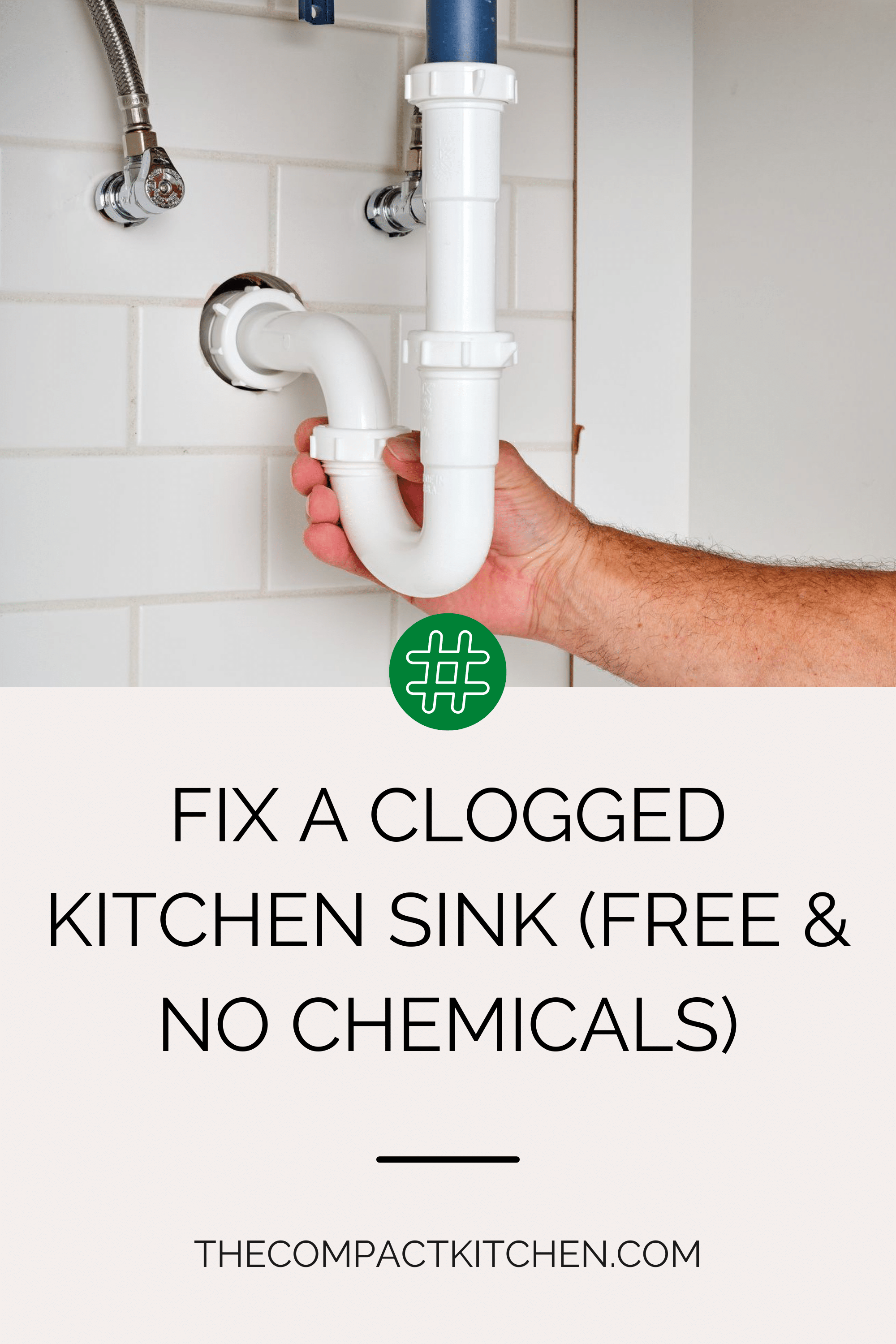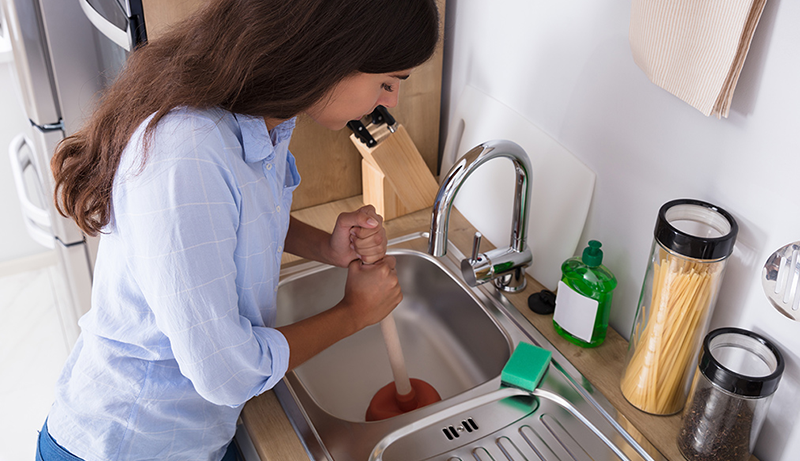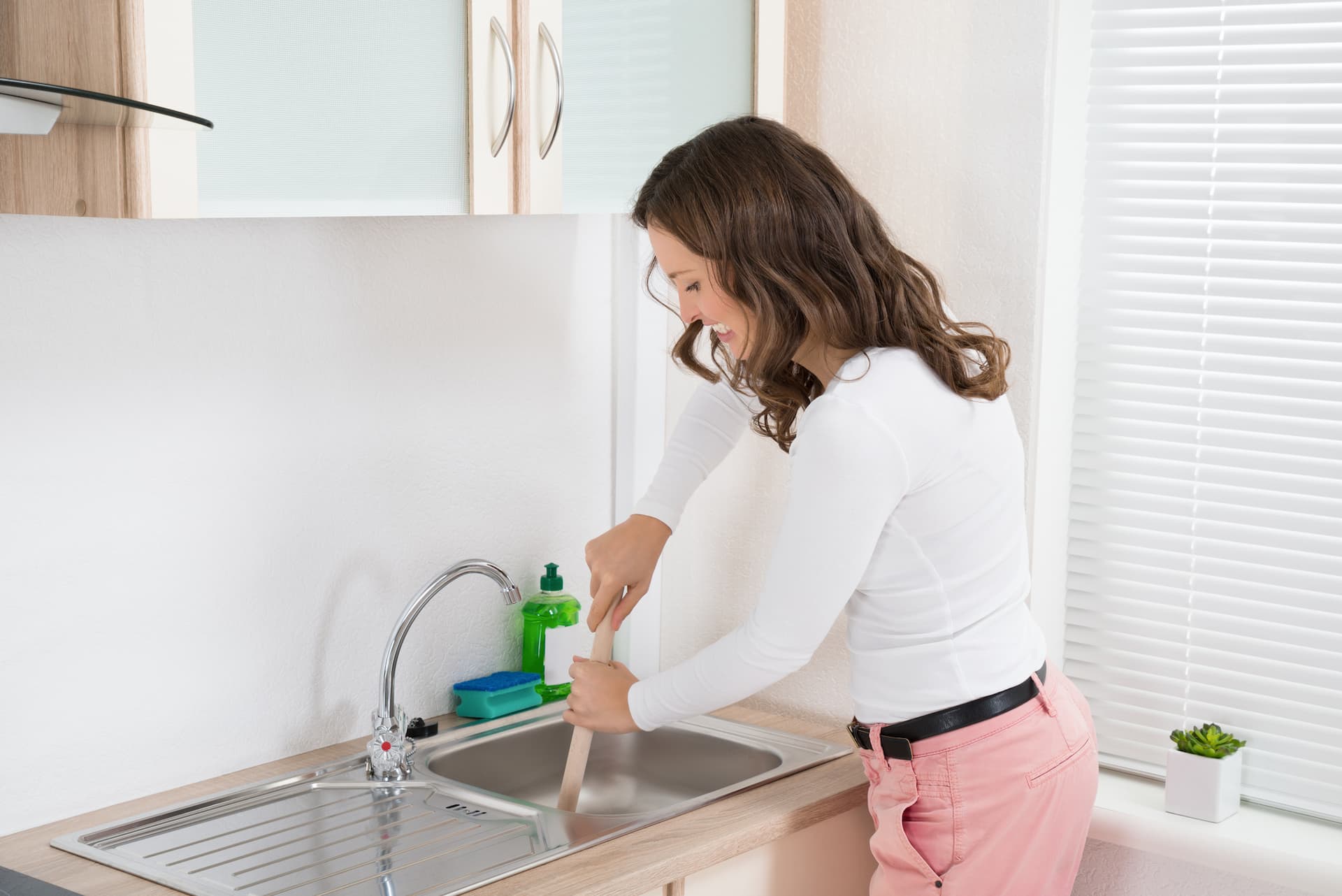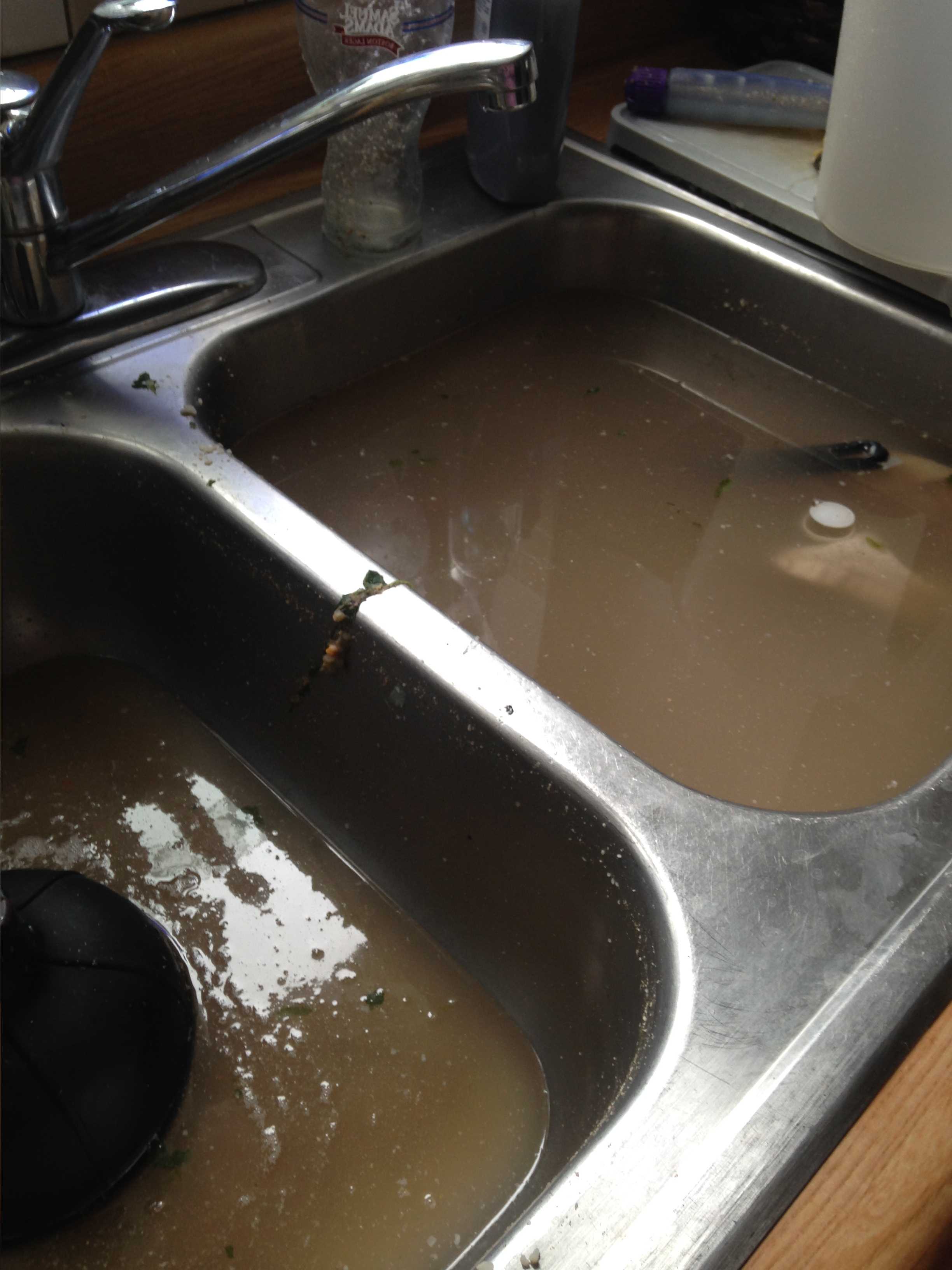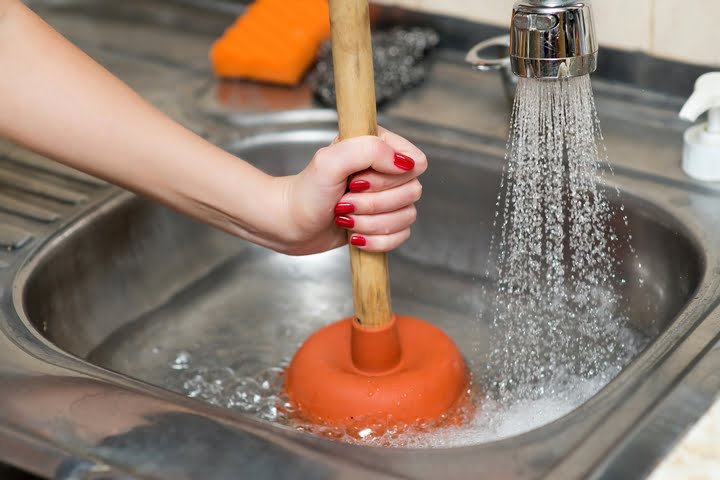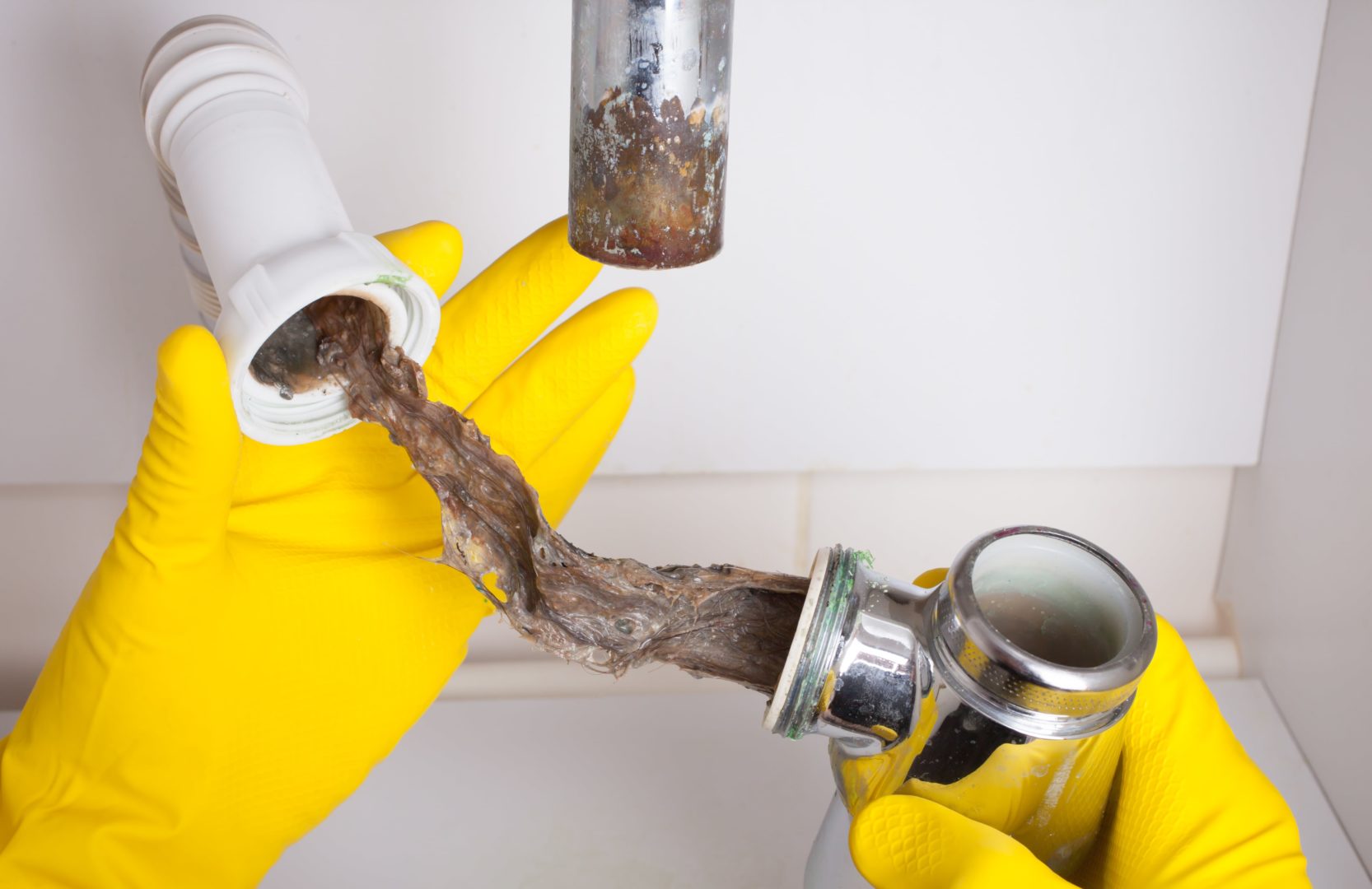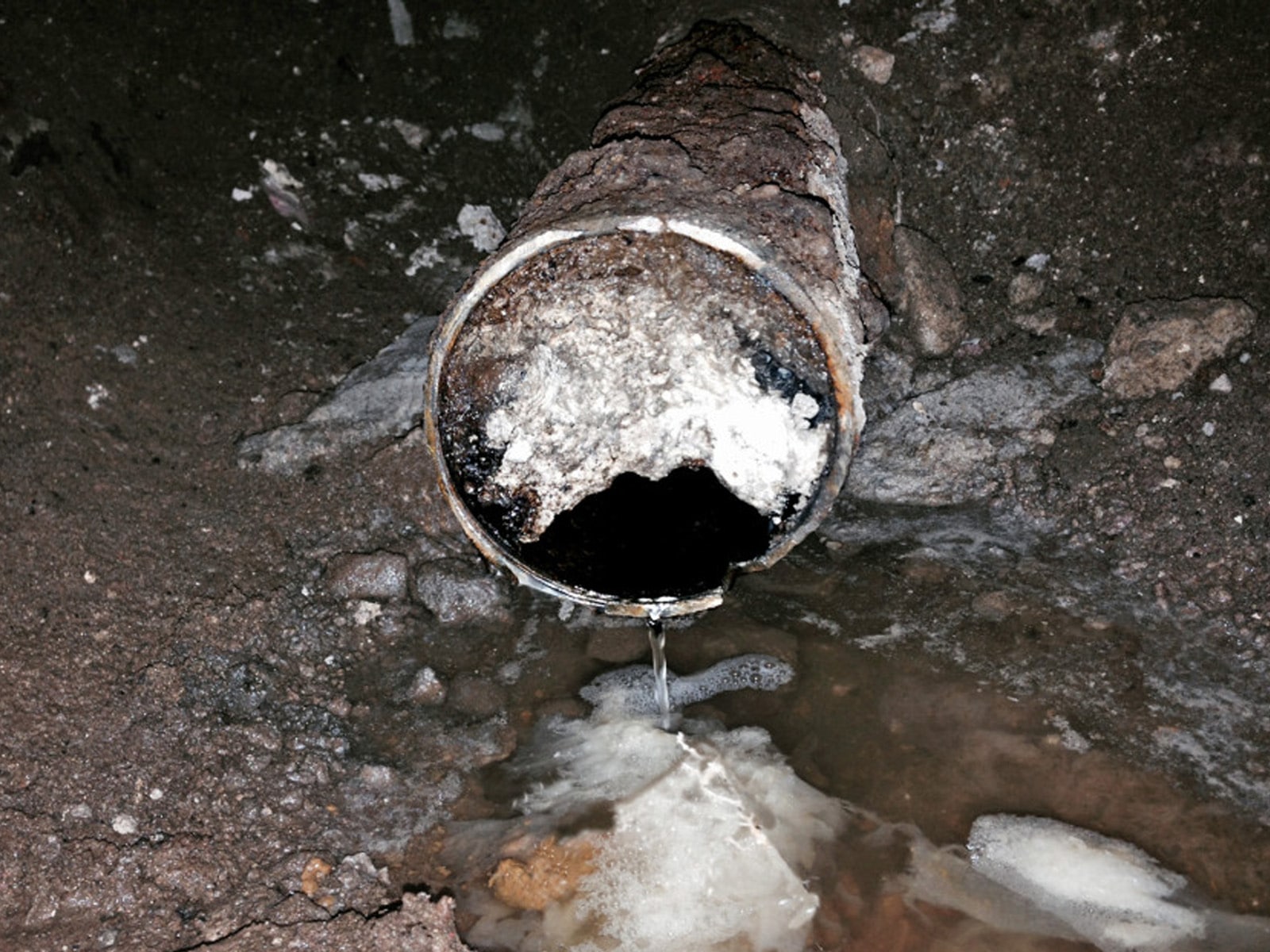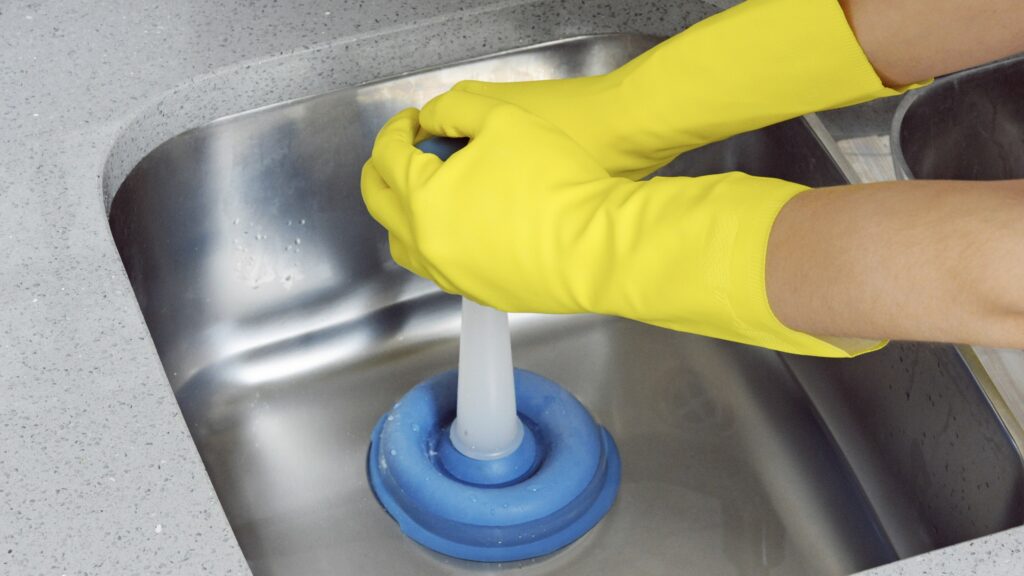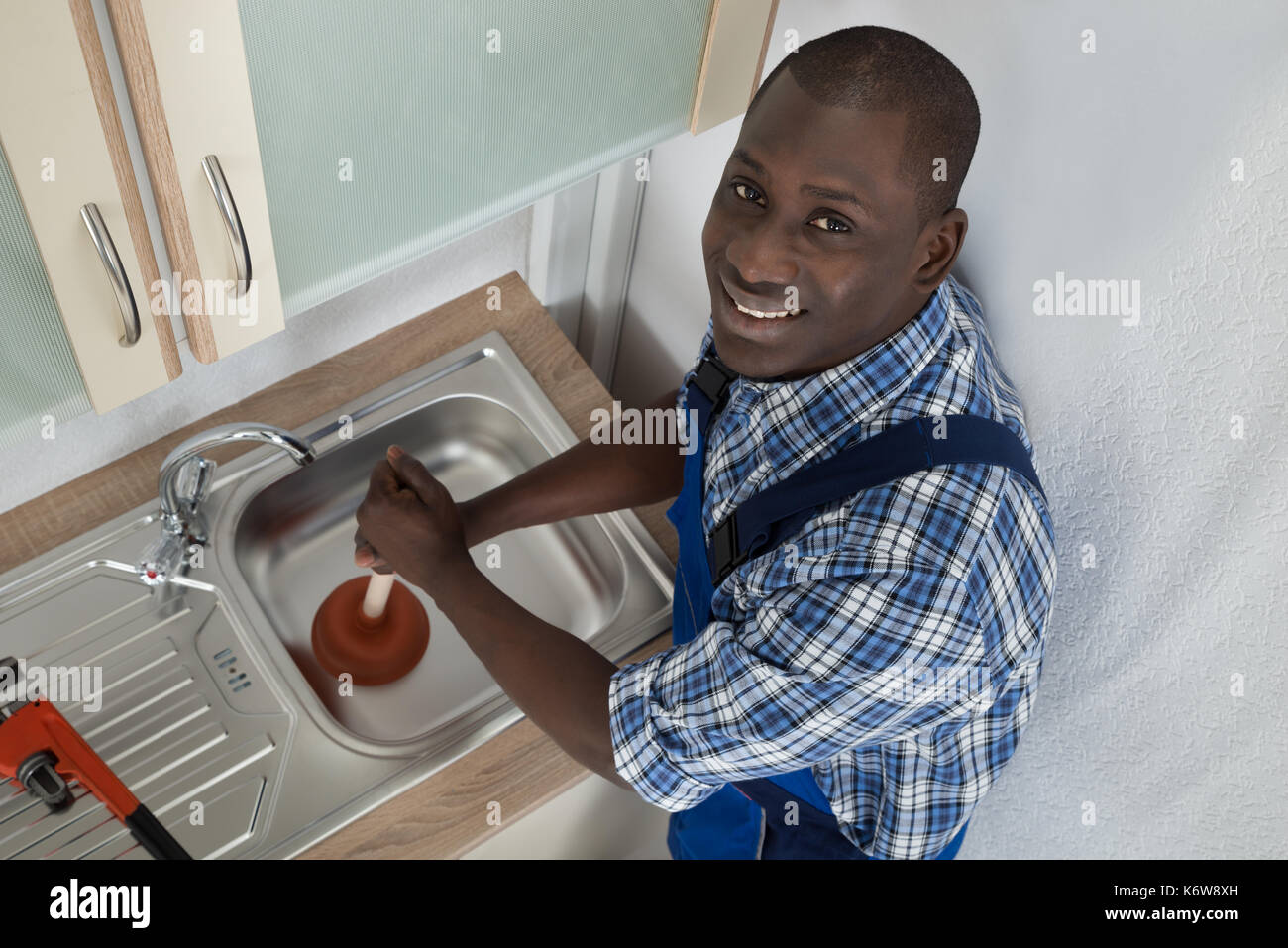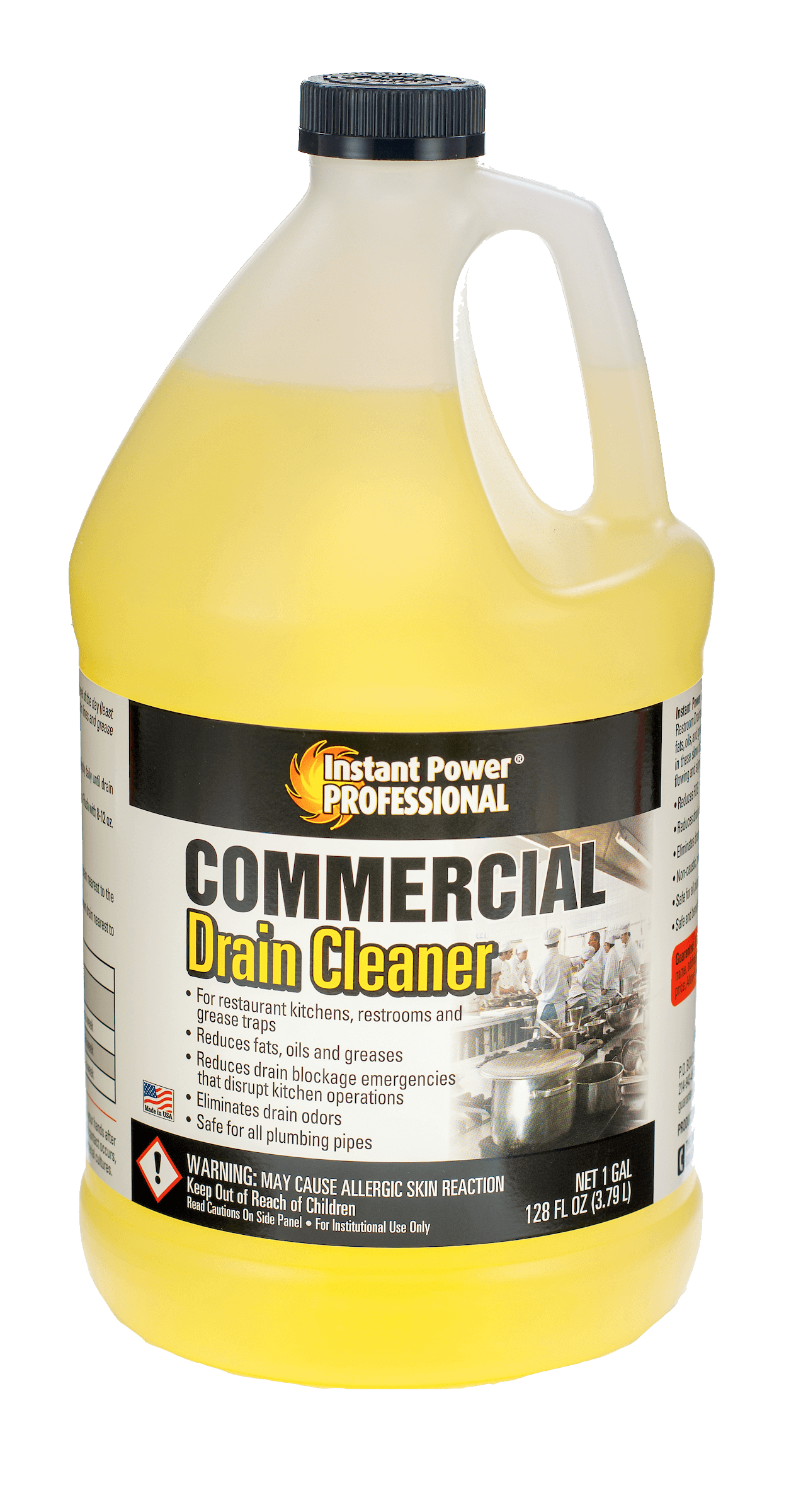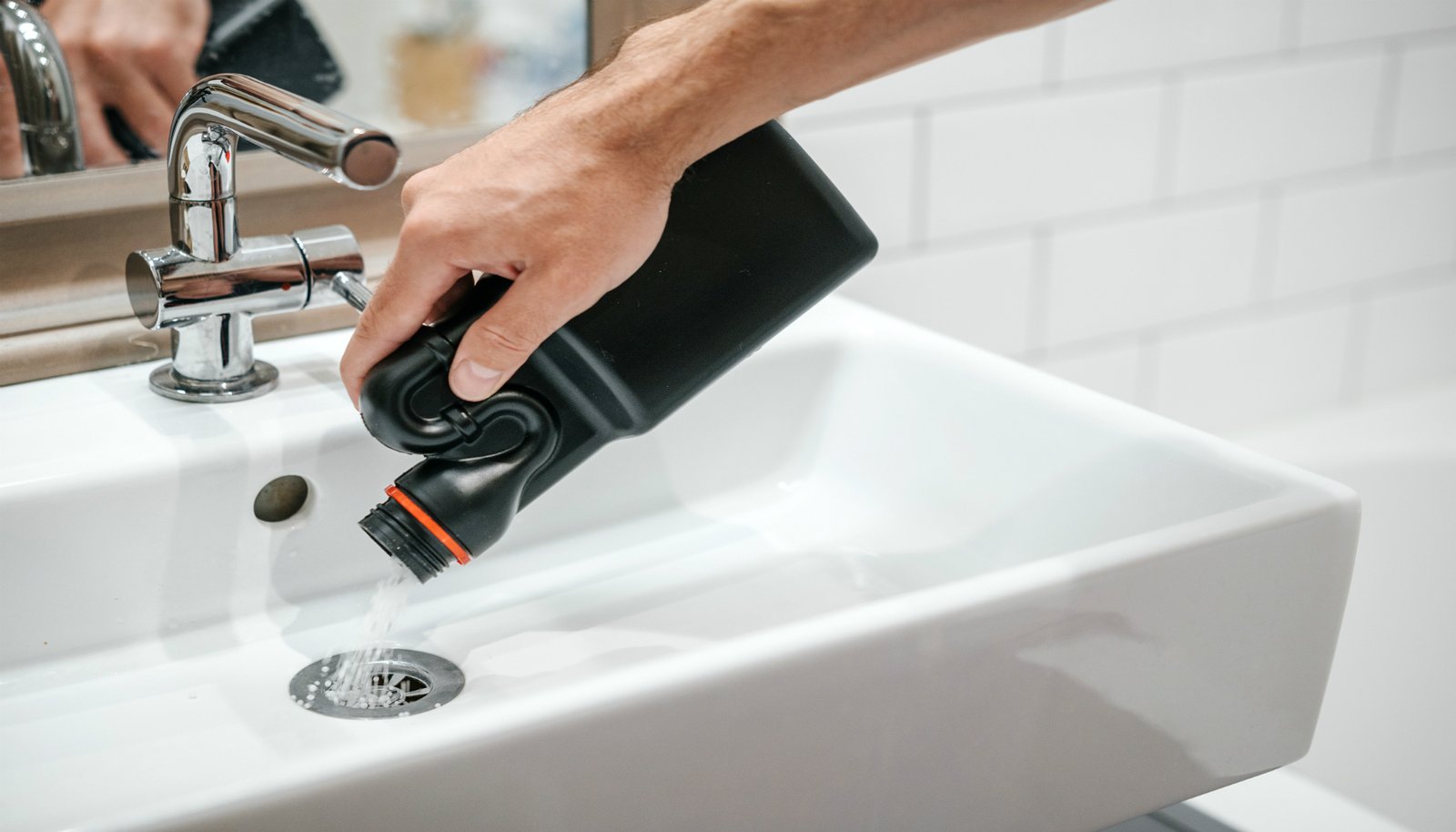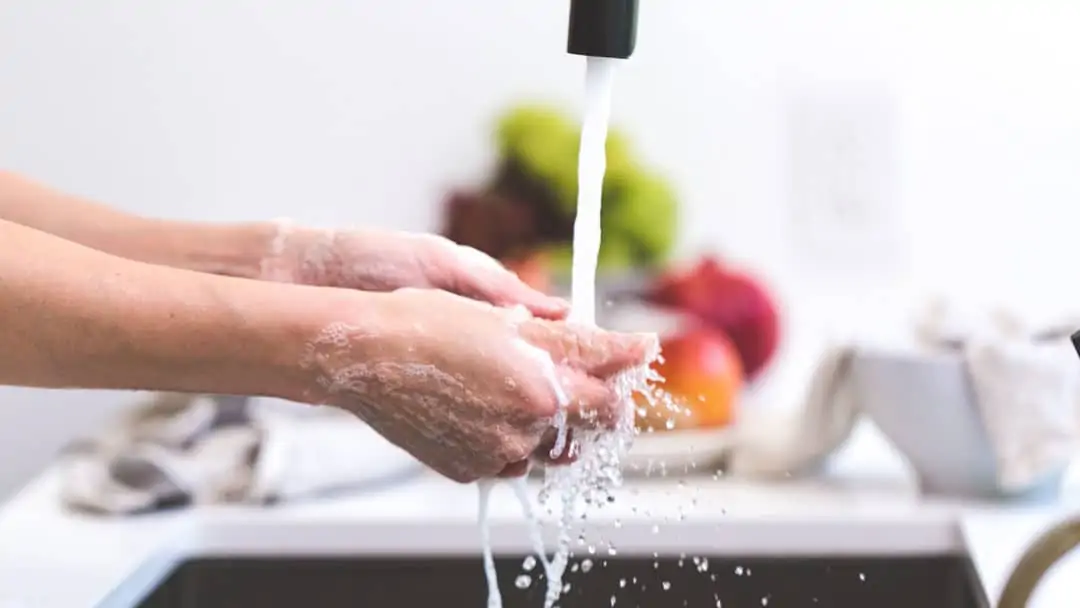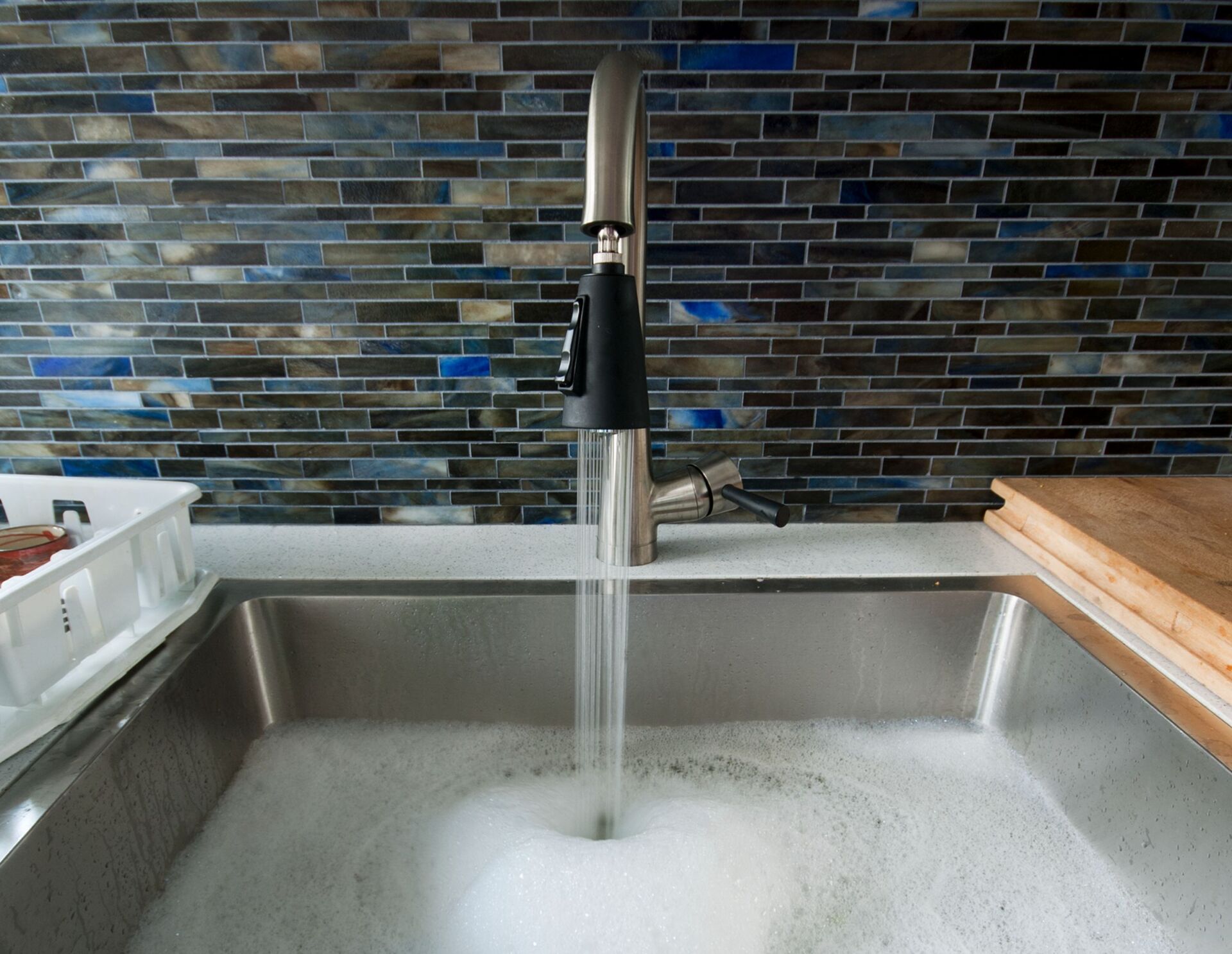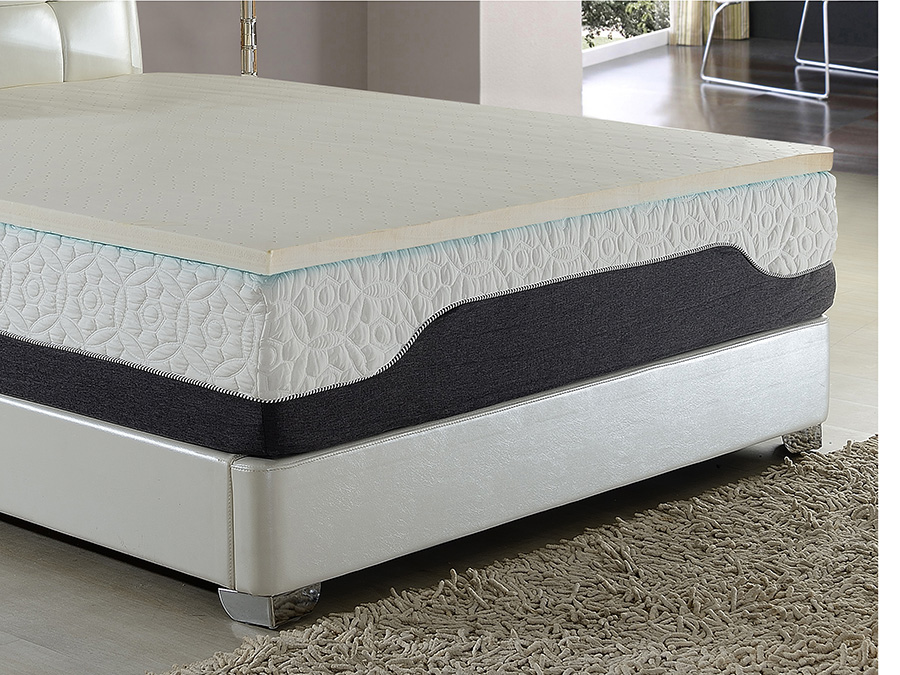Unclogging a Kitchen Sink
Dealing with a clogged kitchen sink can be a hassle and disrupt your daily routine. However, it's a common household issue that can be easily fixed with the right tools and techniques. In this article, we'll discuss the top 10 ways to unclog a kitchen sink and get it back to its free-flowing state.
How to Fix a Clogged Kitchen Sink
A clogged kitchen sink is often caused by a buildup of food particles, grease, and other debris. The first step to fixing it is to determine the cause of the clog. If you have a garbage disposal, start by turning it off and checking for any noticeable blockages. If there are none, move on to other methods.
Kitchen Sink Clog Solutions
One of the most effective solutions for a clogged kitchen sink is using a plunger. Place the plunger over the drain and push down and up repeatedly to create suction. This should dislodge the clog and allow water to flow freely again. If the plunger doesn't work, try using a plumbing snake to break up the clog.
DIY Kitchen Sink Clog Removal
If you prefer to use natural methods, there are a few DIY solutions you can try. Pouring a mixture of baking soda and vinegar down the drain can help break up the clog. Let it sit for a few minutes before flushing with hot water. You can also try using a mixture of hot water and dish soap, which can help dissolve grease and grime.
Clearing a Clogged Kitchen Sink
If you have a stubborn clog, you may need to use a chemical drain cleaner. These cleaners are designed to break down and dissolve tough clogs. However, they can be harsh on your pipes and should be used sparingly. Be sure to follow the instructions carefully and wear protective gear.
Kitchen Sink Clog Prevention Tips
Prevention is key when it comes to avoiding kitchen sink clogs. To prevent clogs from occurring in the first place, be mindful of what you put down the drain. Avoid pouring grease, coffee grounds, and large food scraps down the sink. Also, regularly clean your drain and garbage disposal to prevent buildup.
Using a Plunger to Unclog a Kitchen Sink
As mentioned earlier, a plunger is a great tool for unclogging a kitchen sink. However, make sure you have the right type of plunger. A cup plunger is best for sinks, while a flange plunger is better for toilets. Also, be sure to cover the overflow opening with a rag or tape to create a proper seal.
Chemical Drain Cleaners for Kitchen Sink Clogs
If you decide to use a chemical drain cleaner, there are a few things to keep in mind. These cleaners can be harmful to your skin and eyes, so be sure to wear gloves and goggles. Also, avoid using them if you have a septic system, as they can disrupt the balance of bacteria in the tank.
Professional Kitchen Sink Clog Removal Services
If all else fails, it may be time to call in the professionals. A plumber will have the necessary tools and experience to effectively remove the clog and get your sink back in working order. They can also provide tips for preventing future clogs.
Common Causes of Kitchen Sink Clogs
Understanding the common causes of kitchen sink clogs can help you prevent them from happening in the future. Some of the most common culprits include food scraps, grease, soap scum, and hair. Regularly cleaning your drain and being mindful of what you put down the sink can help prevent clogs.
In conclusion, a clogged kitchen sink is a common household issue that can be easily fixed with the right techniques and tools. Be sure to try these top 10 methods for unclogging your sink, and don't hesitate to call a professional if needed. By following prevention tips, you can also help avoid future clogs and keep your sink in top working condition.
Why Your Kitchen Sink is Clogged and How to Fix It

Understanding the Problem
 Kitchen sinks are an essential part of any home
and they are often used for a variety of purposes, from washing dishes to food preparation. However, it is not uncommon for a sink to become clogged, causing frustration and inconvenience for homeowners.
There are several reasons why your kitchen sink may become clogged, including food particles, grease, and soap scum buildup.
These materials can accumulate over time and create a blockage, preventing water from flowing freely down the drain.
Kitchen sinks are an essential part of any home
and they are often used for a variety of purposes, from washing dishes to food preparation. However, it is not uncommon for a sink to become clogged, causing frustration and inconvenience for homeowners.
There are several reasons why your kitchen sink may become clogged, including food particles, grease, and soap scum buildup.
These materials can accumulate over time and create a blockage, preventing water from flowing freely down the drain.
How to Fix a Clogged Sink
 If your kitchen sink is clogged, there are a few steps you can take to fix the problem.
First, try using a plunger to dislodge any debris that may be causing the blockage.
You can also try using a homemade solution of baking soda and vinegar to break down the buildup in your pipes.
Simply pour a cup of baking soda down the drain, followed by a cup of vinegar. Let the mixture sit for a few minutes before flushing it with hot water.
If your kitchen sink is clogged, there are a few steps you can take to fix the problem.
First, try using a plunger to dislodge any debris that may be causing the blockage.
You can also try using a homemade solution of baking soda and vinegar to break down the buildup in your pipes.
Simply pour a cup of baking soda down the drain, followed by a cup of vinegar. Let the mixture sit for a few minutes before flushing it with hot water.
Preventing Future Clogs
 To prevent your kitchen sink from becoming clogged in the future, there are a few simple steps you can take.
First, avoid pouring grease down the drain as it can solidify and cause blockages.
Using a sink strainer can also help catch food particles and prevent them from going down the drain.
Additionally, regularly cleaning your sink with a mixture of hot water and dish soap can help prevent soap scum buildup.
To prevent your kitchen sink from becoming clogged in the future, there are a few simple steps you can take.
First, avoid pouring grease down the drain as it can solidify and cause blockages.
Using a sink strainer can also help catch food particles and prevent them from going down the drain.
Additionally, regularly cleaning your sink with a mixture of hot water and dish soap can help prevent soap scum buildup.
In Conclusion
 In summary, a clogged kitchen sink can be a major inconvenience, but with the right tools and techniques, it can be easily fixed.
Remember to regularly clean and maintain your sink to prevent future clogs.
By following these simple tips, you can keep your kitchen sink running smoothly and avoid the frustration of a clogged drain.
In summary, a clogged kitchen sink can be a major inconvenience, but with the right tools and techniques, it can be easily fixed.
Remember to regularly clean and maintain your sink to prevent future clogs.
By following these simple tips, you can keep your kitchen sink running smoothly and avoid the frustration of a clogged drain.
/plumber-unclogging-kitchen-sink-169270382-5797a9355f9b58461f27f024.jpg)
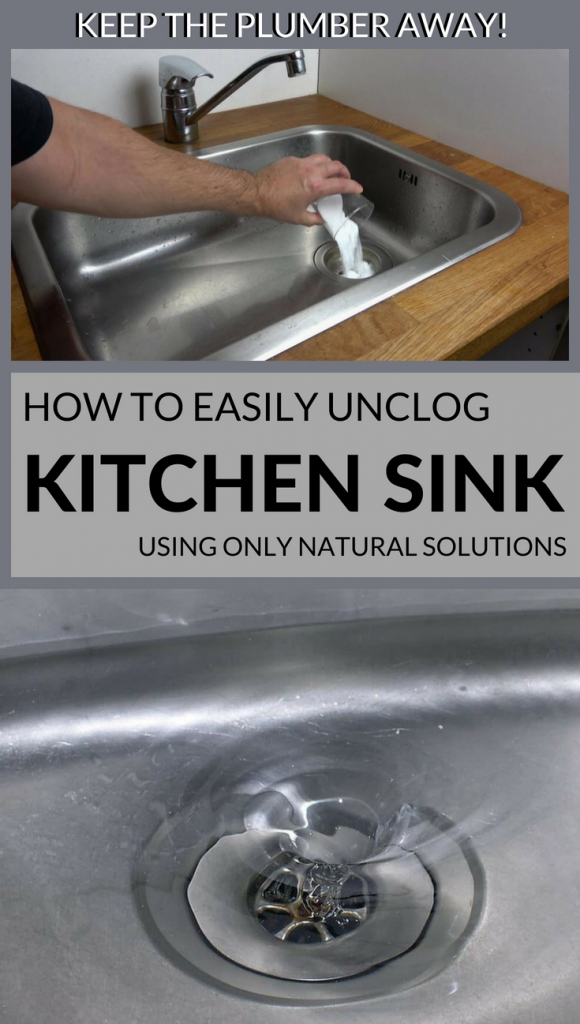



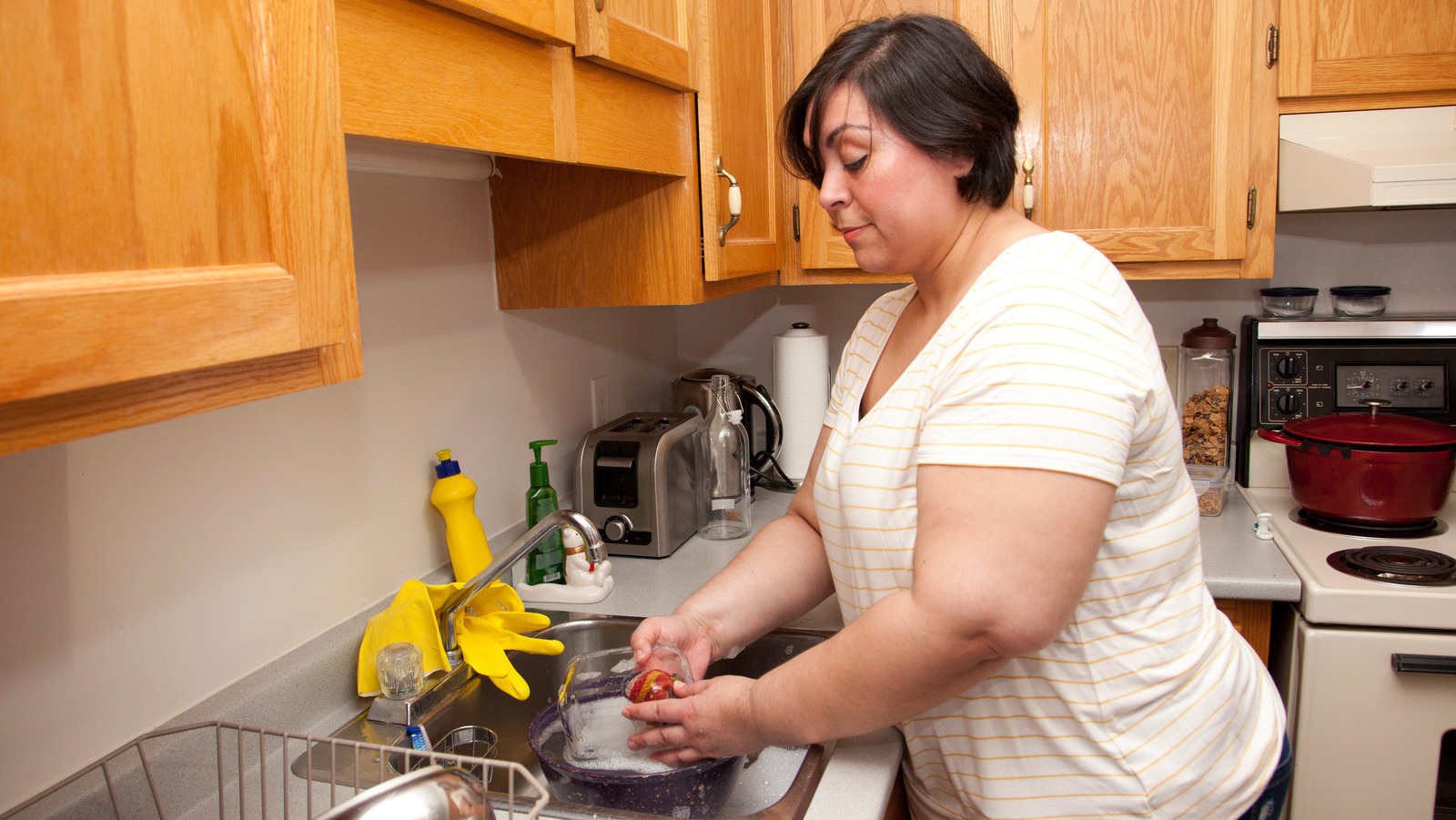
:max_bytes(150000):strip_icc()/how-to-unclog-a-kitchen-sink-2718799_sketch_FINAL-8c5caa805a69493ab22dfb537c72a1b7.png)


